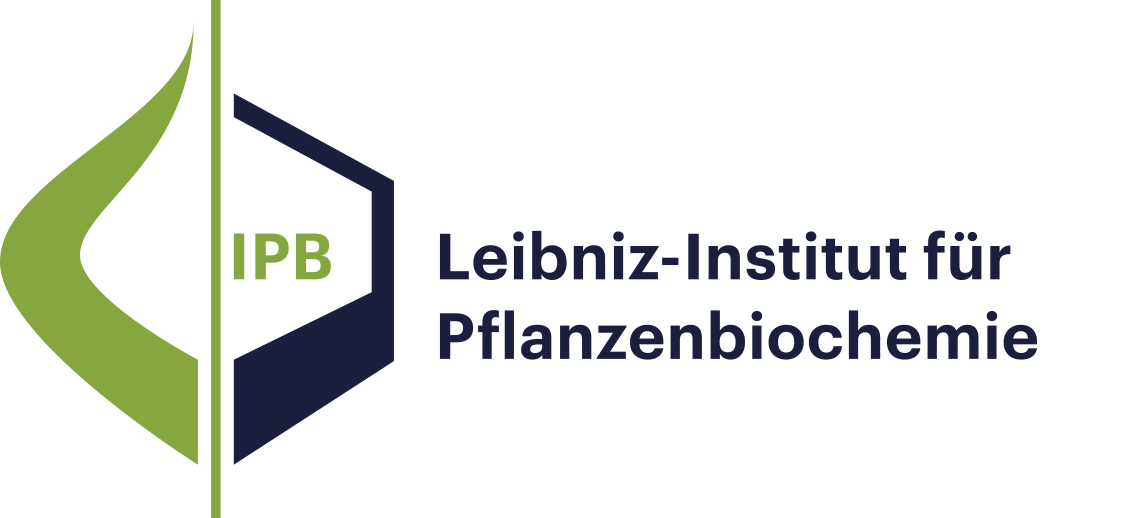Publikationen - Stress- und Entwicklungsbiologie
- Ergebnisse als:
- Druckansicht
- Endnote (RIS)
- BibTeX
- Tabelle: CSV | HTML
Publikation
Publikation
Publikation
Diese Seite wurde zuletzt am 15 Aug 2012 geändert.
Leitbild und Forschungsprofil
Molekulare Signalverarbeitung
Natur- und Wirkstoffchemie
Biochemie pflanzlicher Interaktionen
Stoffwechsel- und Zellbiologie
Unabhängige Nachwuchsgruppen
Program Center MetaCom
Publikationen
Gute Wissenschaftliche Praxis
Forschungsförderung
Netzwerke und Verbundprojekte
Symposien und Kolloquien
Alumni-Forschungsgruppen
Publikationen
Publikationen - Stress- und Entwicklungsbiologie
Publikation
Toxic effects of both essential and non‐essential heavy metals are well documented in plants. Very little is known, however, about their modes of toxicity, about tolerance mechanisms and the signalling cascades involved in mediating transcriptional responses to toxic metal excess. We analysed transcriptome changes upon Cd2+ and Cu2+ exposure in roots of Arabidopsis thaliana and the Cd2+‐hypertolerant metallophyte Arabidopsis halleri . Particularly, three categories of genes were identified with the help of this comparative approach: (1) common responses, which might indicate stable and functionally relevant changes conserved across plant species; (2) metallophyte‐specific responses as well as transcripts differentially regulated between the two species, representing candidate genes for Cd2+ hypertolerance; and (3) those specifically responsive to Cd2+ and therefore indicative of toxicity mechanisms or potentially involved in signalling cascades. Our data define, for instance, Arabidopsis core responses to Cd2+ and Cu2+. In addition, they suggest that Cd2+ exposure very rapidly results in apparent Zn deficiency, and they show the existence of highly specific Cd2+ responses and distinct signalling cascades. Array results were independently confirmed by real‐time quantitative PCR, thereby further validating cross‐species transcriptome analysis with oligonucleotide microarrays.
Publikation
Nicotianamine is an important metal ligand in plants. Surprisingly, recent genome sequencing revealed that ascomycetes encode proteins with similarity to plant nicotianamine synthases (NAS). By expression in a Zn2+‐hypersensitive fission yeast mutant we show for a protein from Neurospora crassa that it indeed possesses NAS activity. Using electrospray‐ionization‐quadrupole‐time‐of‐flight mass spectrometry we prove the formation of nicotianamine in N. crassa . Transcript level is strongly upregulated under Zn deficiency as shown by real‐time PCR. These findings demonstrate that nicotianamine is more widespread in nature than anticipated and provide further evidence for a function of nicotianamine as a cytosolic chelator of Zn2+ ions.
Publikation
MAPK signal transduction modules play crucial roles in regulating many biological processes in plants, and their components are encoded by highly conserved genes. The recent availability of genome sequences for rice and poplar now makes it possible to examine how well the previously described Arabidopsis MAPK and MAPKK gene family structures represent the broader evolutionary situation in plants, and analysis of gene expression data for MPK and MKK genes in all three species allows further refinement of those families, based on functionality. The Arabidopsis MAPK nomenclature appears sufficiently robust to allow it to be usefully extended to other well-characterized plant systems.
Diese Seite wurde zuletzt am 15 Aug 2012 geändert.

